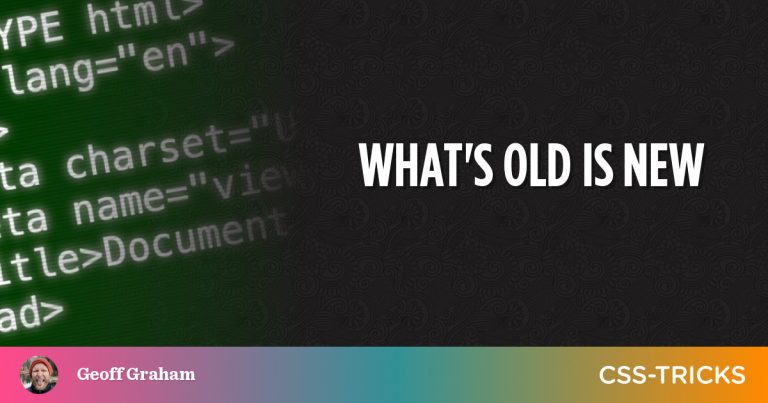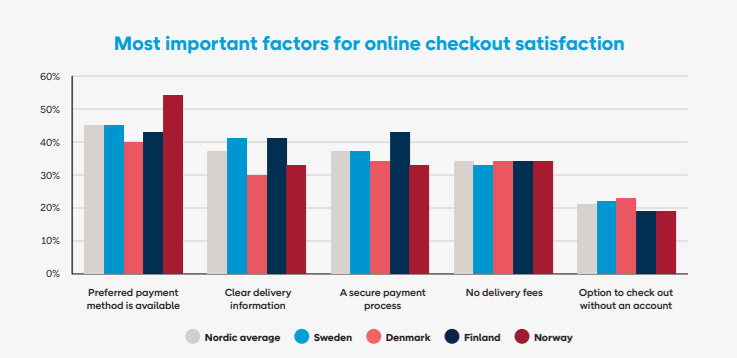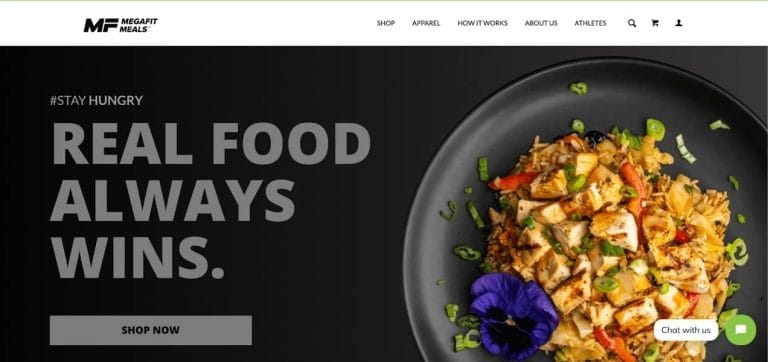
As online markets become increasingly competitive, retailers are turning to “subscribe and save” services to sustain sales and build customer retention.
“For retailers, it’s a great trade to sacrifice some margin to gain the retention of a subscription from a shopper,” said Reilly Newman, founder and brand strategist at Motif Brands, a brand transformation company in Paso Robles, Calif.
“This helps create recurring revenue and empowers the brand to look beyond just transactions, but the relationships they have with their consumers,” Newman told the E-Commerce Times.
“Successful subscription brands do this very nicely, as the transaction is simple and ongoing payment for the continued relationship where the retailer is able to add more value and focus on the lifetime value of the customer,” he added.
Subscribe and save has helped Amazon compete in a challenging online marketplace, according to a report released Tuesday by Consumer Intelligence Research Partners. CIRP noted, “S&S seems to continue to grow steadily, strengthening Amazon’s bond with a growing share of customers.”
The research firm reported that in 2024, 23% of U.S. Amazon customers had an active S&S order, a slight increase over the previous two years.
Steady Revenue, Customer Loyalty Gains
Table of Contents
Subscribe and save services can deliver some big wins for retailers, asserted Peggy Sue Loroz, a professor of marketing at Gonzaga University. “First, subscriptions increase customer loyalty — once someone signs up, they’re much less likely to shop around for alternatives,” Loroz told the E-Commerce Times.
“Customers who subscribe tend to be less price-sensitive, meaning they aren’t constantly hunting for deals elsewhere,” she continued. “And from a marketing perspective, keeping a subscriber is a lot cheaper than trying to win back a customer who left.”
“It also smooths out revenue, making sales more predictable,” she added.
Predictability and inventory forecasting is an area where subscription offerings can really help merchants, agreed Justin Christopher, manager of e-commerce and marketing of Klatch Coffee, a family-owned and run coffee company with a dozen sites in Southern California.
“We’re able to plan more effectively because we can forecast our inventory usage based on upcoming subscriptions,” Christopher told the E-Commerce Times. “This helps us set our coffee roasting calendar, schedule incoming deliveries of unroasted coffee, and plan staff operating hours.”
Why Subscriptions Matter for E-Commerce Margins
“This is a big deal for e-commerce brands because their margins are everything,” declared Evan Wagner, communications director for Veho, a parcel delivery company headquartered in New York City.
He said that historically, such brands have relied on the U.S. Postal Service to deliver things cheaply and slowly, but that is changing. “Right now, the USPS just raised their rates on delivering exactly this kind of lighter and slower product by as much as 43%,” Wagner told the E-Commerce Times.
He explained how subscriptions can help retailers reduce shipping costs: “If a brand knows you expect your delivery on the 25th, they can process and ship it more cost-effectively five to seven days earlier, rather than rushing and shipping it much more expensively two to three days earlier.”
“This is critical,” Wagner continued, “given how much consumers value free shipping, and the risk of losing consumers — and the investment that went into getting them in the first place — by passing the cost of shipping on to consumers.”
Retailers can benefit from subscribe and save services, even if they don’t lead to a long-term relationship with a customer, maintained Sean Collins, head of marketing at Cotera, a customer experience automation company in New York City.
“Retailers benefit purely off a higher likelihood of a second and third purchase,” Collins told the E-Commerce Times. “Even with people churning after one month just to get the discount, you’re capturing another purchase and so massively increasing customer lifetime value.”
“Since most e-commerce brands see a 20% to 30% repeat purchase rate, getting even just one more sale from a customer is a massive win,” he explained.
Subscription Cancellation Quandary
An important aspect of any subscribe and save program is it must be as easy to exit as enter.
“If you keep getting stuff before you run out of the old stuff or don’t like what is coming, having to go through a lot of hoops to cancel will sour you on the service, and you’ll either leave or just not put anything else in the plan,” Rob Enderle, president and principal analyst at the Enderle Group, an advisory services firm in Bend, Ore. told the E-Commerce Times.
Simplified subscription cancellation and modification processes are paramount for subscribe and save programs, added Mark N. Vena, president and principal analyst at SmartTech Research in Las Vegas.
“They enhance customer trust and satisfaction,” Vena told the E-Commerce Times. “Streamlining these processes not only aligns with regulatory requirements but also fosters customer loyalty and reduces churn.”
“Conversely,” he continued, “intricate cancellation procedures can lead to frustration and damage a company’s reputation. Therefore, offering user-friendly cancellation and modification options is essential for maintaining a positive customer relationship and ensuring compliance with consumer protection standards.”
In its 2025 payments predictions report, Forrester Research forecasted that one-third of B2C subscription companies will go under for disregarding cancellations. “Too many B2C subscription companies rely on deceptive design practices and bad cancellation processes — at the vast cost of customer trust,” it noted.
“To fill this trust void,” it continued, “card issuers and networks are mining payment data to provide better subscription monitoring, let customers indefinitely block specific recurring charges, and help merchants manage disputes for subscription charges.”
“To avoid customer and regulatory scrutiny and outright insolvency,” Forrester added, “subscription companies must entirely rethink their on- and offboarding processes and go back to the drawing board about their unique value proposition.”
Subscriptions Go Beyond Recurring Purchases
In the future, brands need to see beyond subscriptions as just a recurring purchase and as more of a membership, Newman advised. “That takes the brand back to not focusing on transactions but on the lifetime value of the shopper,” he said.
“The brand must continue to increase the value they provide to retain and grow the relationship,” he added. “All in all, it creates a very symbiotic relationship that benefits both the shopper and the brand.”
Collins predicted that the incentives for subscribe and save will evolve to encourage retention. “So rather than seeing a massive discount on your first purchase, you’ll see discounts based on being a subscriber for two to three months,” he said.
Technology aimed at the segment will also be improving. Christopher noted that Klatch Coffee is offering its customers a Wi-Fi-connected smart scale. They store their coffee bags on the smart scale, which monitors their usage and sends future shipments automatically, he explained.
“These types of options are more sophisticated compared to the simple ‘every 2 weeks’ or ‘on the first of every month’ style subscription options, which can result in running out of coffee if your habits change suddenly,” he said.
“Retail competition has intensified due to shifting consumer expectations regarding personalization and eco-friendly practices and the rapid rise of innovative direct-to-consumer brands,” added Brian Lim, founder and CEO of online apparel websites iHeartRaves and Into The Am.
“Personally, I think that subscriptions will shift towards hyper-personalization to cater uniquely to a person’s habits,” Lim told the E-Commerce Times. “Businesses adopting an agile stance, such as those offering mix-and-match or skip-a-month services, will likely flourish in these changing times.”





